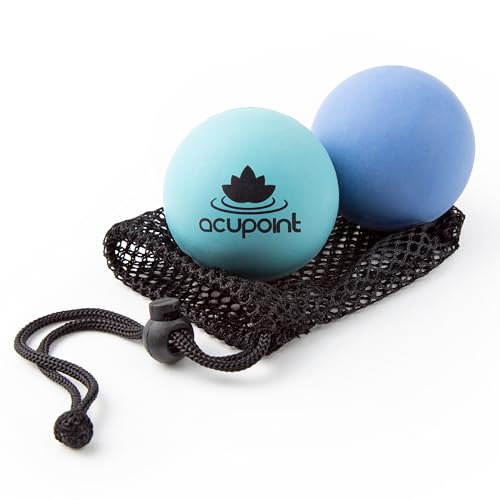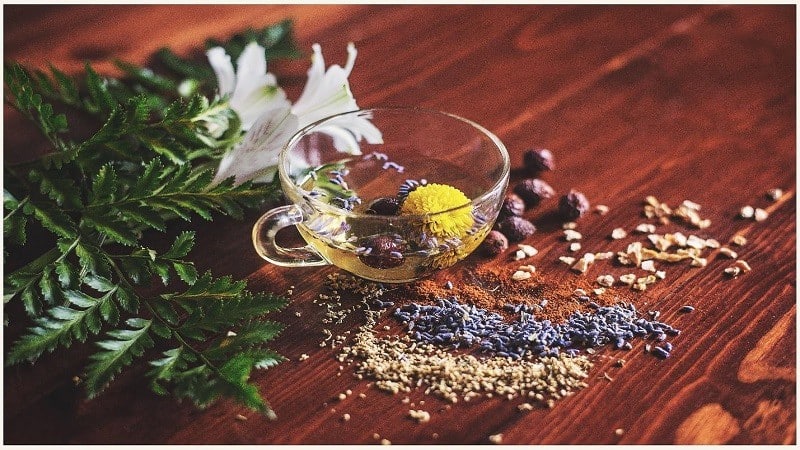As an artist and writer, I often find myself juggling creativity and self-doubt. It’s a delicate balance that can feel overwhelming at times. That’s where meditation comes in. I’ve discovered that incorporating meditation into my daily routine not only calms my mind but also enhances my creative flow.
Whether you’re looking to spark inspiration or simply find a moment of peace amidst the chaos, meditation offers a variety of practices tailored for creative souls. From mindfulness techniques to visualization exercises, these methods can help unlock new ideas and deepen your artistic expression. Join me as I explore meditation practices that can transform the way we create and connect with our work.
Overview of Meditation Practices for Artists and Writers
Meditation practices specifically tailored for artists and writers focus on enhancing creativity and reducing self-doubt. I’ve found that these techniques not only help clear mental clutter but also foster an environment ripe for inspiration.
Mindfulness Meditation
Mindfulness meditation involves paying attention to thoughts and sensations in the present moment. In my experience, this practice encourages awareness of one’s creative process. Engaging with each thought without judgment helps artists and writers connect deeply with their work.
Visualization Techniques
Visualization techniques allow one to imagine specific outcomes in their creative endeavors. I often encourage artists to visualize their finished artwork or writers to picture their completed narrative. This practice cultivates motivation and channels energy toward achieving those creative goals.
Breathwork
Breathwork focuses on controlling the breath to promote relaxation and mental clarity. I teach various breathing techniques that calm anxiety and enhance focus. Breath awareness creates a space for new ideas to emerge, allowing artists and writers to tap into their inspiration more freely.
Guided Imagery
Guided imagery combines relaxation with visualization and can be powerful for creatives. I often share specific scripts that help artists and writers envision scenes or concepts related to their work. This tool ignites the imagination and often leads to unexpected breakthroughs.
Loving-Kindness Meditation
Loving-kindness meditation promotes self-compassion, essential for overcoming self-doubt. This practice involves silently repeating phrases that cultivate goodwill toward oneself and others. I encourage my students to incorporate this to nurture their creative spirit without criticism.
Journaling Meditation
Journaling meditation integrates writing with mindfulness. I suggest taking a few moments of quiet to focus on thoughts, then writing them down. This method bridges meditation with creative expression, providing clarity and helping to unlock new perspectives.
Integrating these meditation practices into a daily routine creates a supportive framework for artistic exploration. With consistent practice, artists and writers can elevate their creative journeys and diminish doubts that hinder their growth.
Benefits of Meditation for Creative Minds
Meditation offers numerous benefits for artists and writers. It cultivates a fertile environment for creativity to thrive.
Enhanced Focus and Concentration
Enhanced focus and concentration stem from regular meditation practice. Practicing mindfulness helps me center my thoughts, reducing distractions. This renewed focus supports deeper engagement with my projects, leading to higher quality work. Meditation sharpens my ability to retain details and information, essential for artistic endeavors and writing tasks. Techniques like breath awareness foster a sense of clarity, enabling me to stay present while working on my creations.
Reduced Anxiety and Stress
Reduced anxiety and stress play a crucial role in my creative process. Meditation lowers cortisol levels, the stress hormone, allowing for a serene mindset. Once I embrace this calmness, self-doubt and fear become less intrusive. Regular practice equips me with tools to manage pressures and challenges inherent in creative work. Techniques like loving-kindness meditation nurture a compassionate outlook, which reduces tension and fosters a supportive space for creativity to flourish.
Types of Meditation Suitable for Artists and Writers
I often find that various meditation practices can elevate creative spirits among artists and writers. Discovering these types can spark inspiration and cultivate a deeper connection to one’s creative essence.
Mindfulness Meditation
Mindfulness meditation promotes present-moment awareness, essential for artists and writers. This technique encourages you to observe thoughts and emotions without judgment. By focusing on breathing and body sensations, you can clear mental distractions. With consistent practice, this form of meditation enhances your ability to recognize creative impulses and sustain focus during the creative process.
Guided Visualization
Guided visualization immerses you in a vivid mental experience, crucial for inspiring creativity. By imagining your completed work or the journey of creating it, you activate your imagination. This practice often involves following a recorded guide or a mental script, which helps visualize specific scenes or outcomes. Artists and writers can use this technique to overcome creative blocks and foster a clearer vision of their artistic goals.
Chakra Meditation
Chakra meditation addresses energy centers in the body, encouraging balance and creativity. Each chakra corresponds to different aspects of expression and creativity. By focusing on these energy centers, you can release tension and enhance your creative flow. This practice often incorporates breathwork and visualization, allowing artists and writers to tap into their inner resources for inspiration and self-expression.
How to Incorporate Meditation into Your Creative Routine
Integrating meditation into your creative routine can elevate your artistic practice significantly. Here are some practical steps to help you embed meditation seamlessly into your daily life.
Setting Up a Meditation Space
Setting up a dedicated meditation space enhances focus and encourages regular practice. Choose a quiet area in your home free from distractions. Place a comfortable cushion or mat for seating. Add personal touches like calming artwork, plants, or candles to create an inviting atmosphere. Keep this space consistent for mediation, establishing a routine that signals your mind it’s time to create.
Creating a Daily Practice Schedule
Creating a daily practice schedule ensures consistency in your meditation. Dedicate a specific time each day for meditation, whether in the morning or evening, for 10 to 30 minutes. Start with simple practices that resonate with you, such as mindfulness or breathwork. Gradually increase the duration as you connect more with the process. Block this time on your calendar and treat it as an essential appointment to maintain your commitment to your creative journey.
Conclusion
Embracing meditation has truly transformed my creative journey. It’s amazing how just a few minutes of mindfulness can clear away the clutter and spark inspiration. Each practice I’ve explored has opened new doors in my artistic expression and helped me tackle self-doubt head-on.
I encourage you to find the meditation techniques that resonate with you. Whether it’s breathwork or guided imagery, these practices can cultivate a nurturing space for your creativity to flourish. Remember to be patient with yourself as you integrate meditation into your routine. Over time, you might just discover that your creative potential knows no bounds. Happy creating!
















